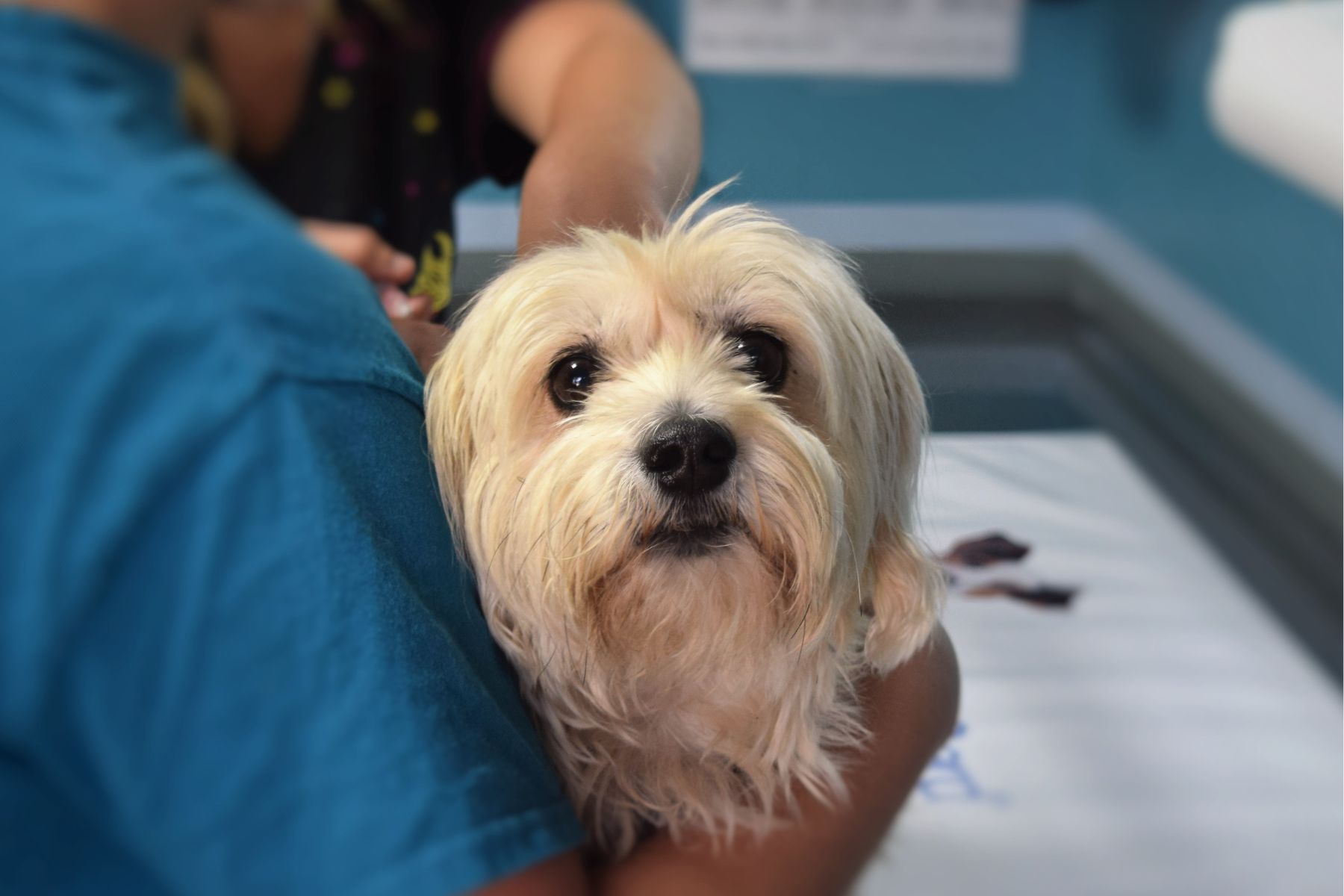In any business, appealing to your customer base is key. Pet owners are more invested in their pets than ever before, seeing them as a member of the family. They’re willing to spend a lot of money on their pets, but they’re also cautious about health and willing to put in the research required to make sure they’re getting the right products. That means it’s more important than ever that pet businesses create engaging, informative, and trustworthy content. Veterinary content writing using a qualified writer is one way to level-up the content you’re offering to your customers. Let’s take a look at how a vet writer can help you capture the attention of pet owners from the start.
The Benefits of a Vet Writer
Using a vet writer has several benefits over a freelance writer, no matter how experienced. For one, our experience in the field means that we have a deep understanding of what your pet owners need from an article. We call this ‘reader intent’, and it means answering the questions they didn’t know to ask, as well as the one they did. Our qualifications are useful too – because Google trusts us, you can gain SEO from the E-A-T that our vet content writers lend to your articles. And it’s not just about search engines – your readers want to hear from veterinary experts, and they’ll trust your brand more as a result.
Veterinary Content Writing – The Steps
When our veterinary writers are presented with a new article to write, they follow much the same process to take it from idea to finished article. We’ll quickly cover the steps a veterinary content writer takes to write your blog post.
- Understanding the Target Audience
As vets, we’re used to pet owners. We spend a lot of time learning about them at university, and then we see them every day at work. We have first-hand experience of their concerns and interests, and this helps us to understand your target audience. All you need to do is provide us with any subgroups you particularly want to appeal to – you can do this in an individual brief or on your ‘Briefing Form’ when you first hire us.
- Research and Expertise
Thanks to our extensive education at veterinary school, we’re familiar with most pet-related topics. But as part of our package, we’ll check scientific journals and recent developments to see whether there’s anything new we should be adding. Depending on your tone and audience, we might also check forums and reviews to see what the public thinks on a topic. Our vets enjoy this research – and we can even count it as part of our Continuing Professional Development (CPD) requirement of 35 hours per year. By leveraging our expertise this way, you can be confident that your article is medically correct at the time of writing.
- Creating Engaging Content
Next comes the planning stage. We’ll create a project outline that contains a clear and logical structure, with subheadings to help break the content into manageable chunks. As experienced content writers, this comes naturally to our team of freelance veterinarians. We’re also able to draw on our experience as veterinarians to ensure the plan contains everything that matters to pet parents.
- Tailoring the Tone and Style
Next, we start fleshing out the plan. This means taking your brand’s tone and voice and applying it to what we know about how to talk to pet owners. In general, our article tone can be described as ‘friendly, knowledgeable expert’ – we want your customers to feel like they’re in our consultation room, having a 1:1 conversation with us as vets. But if that’s not what you want, you can let us know – we’ll adapt our voice to fit with your brand’s style.
- Adding Value through Practical Tips and Advice
Now our veterinary day jobs become even more useful. We try to include examples of our first-hand experience, as well as include actionable, practical advice. While we’ll always recommend people speak to their vets for personalised recommendations, we want our articles to be genuinely useful, so we try to include information or tips they won’t get from a non-vet writer.
- Optimising for SEO
Next, we optimise the article for SEO. That means taking any keywords you gave us and strategically incorporating them. Although most of our articles are SEO-led, we don’t do this stage first. We find we create better, more natural content if we write the article first, then check the keywords later. Because we’re so experienced at veterinary content writing, we usually find lots of keywords have been included without even having to try, and that adding the others is as easy as changing the odd word here and there. Since content writing is a key part of SEO for pet businesses, this is something we’re well practiced at!
Conclusion
When it comes to veterinary content writing, it should be no surprise that vet writers are the experts. We’re perfectly positioned to use our experience with pet owners, our expertise about pet care, and our knowledge about SEO and writing to craft compelling pet content for your business.
With top-notch pet content written by vets, your business can show itself as a thought-leader, create reader trust, and drive sales. If that sounds like something you want to achieve, talk to our team.
-
Why good pet copywriters can’t be replaced by AI
Ahhhh! AI is coming to steal our jobs! Isn’t it? Well, no. Good pet copywriters can’t be replaced by AI. A copywriter gets to know your brand the way AI… Read more…
-
Pet Marketing Magic: The Role of Pet Professional Copywriting
Digital marketing is crucial to the success of most companies these days. But with so much information and competition on the internet, how do you get people to look at… Read more…
-
Exploring the Pet Industry Writer’s Toolkit
With many careers and jobs, it is hard to fully appreciate what goes on behind the scenes unless you work in that sector yourself. The role of a pet industry… Read more…
-
Pet writer insights: 4 tips from 4 of our pet content writers
The Veterinary Content Company is nearly four years old, but the combined experience of our pet writers is over 60 years! We decided to celebrate our upcoming birthday by asking… Read more…
-
Veterinary copywriter secrets: 9 ways to make pet parents into loyal customers
Pet owners are hungry for knowledge. They want to know more about their pets and what’s best for them – their health, their behaviour, how to look after them, and… Read more…
-
SEO for the vet industry – what you need to know in 2024
Whether you’re a mobile vet practice, a small branch, or part of a huge corporate group, SEO is important. But they didn’t cover SEO at vet school! We’ve explained SEO… Read more…


